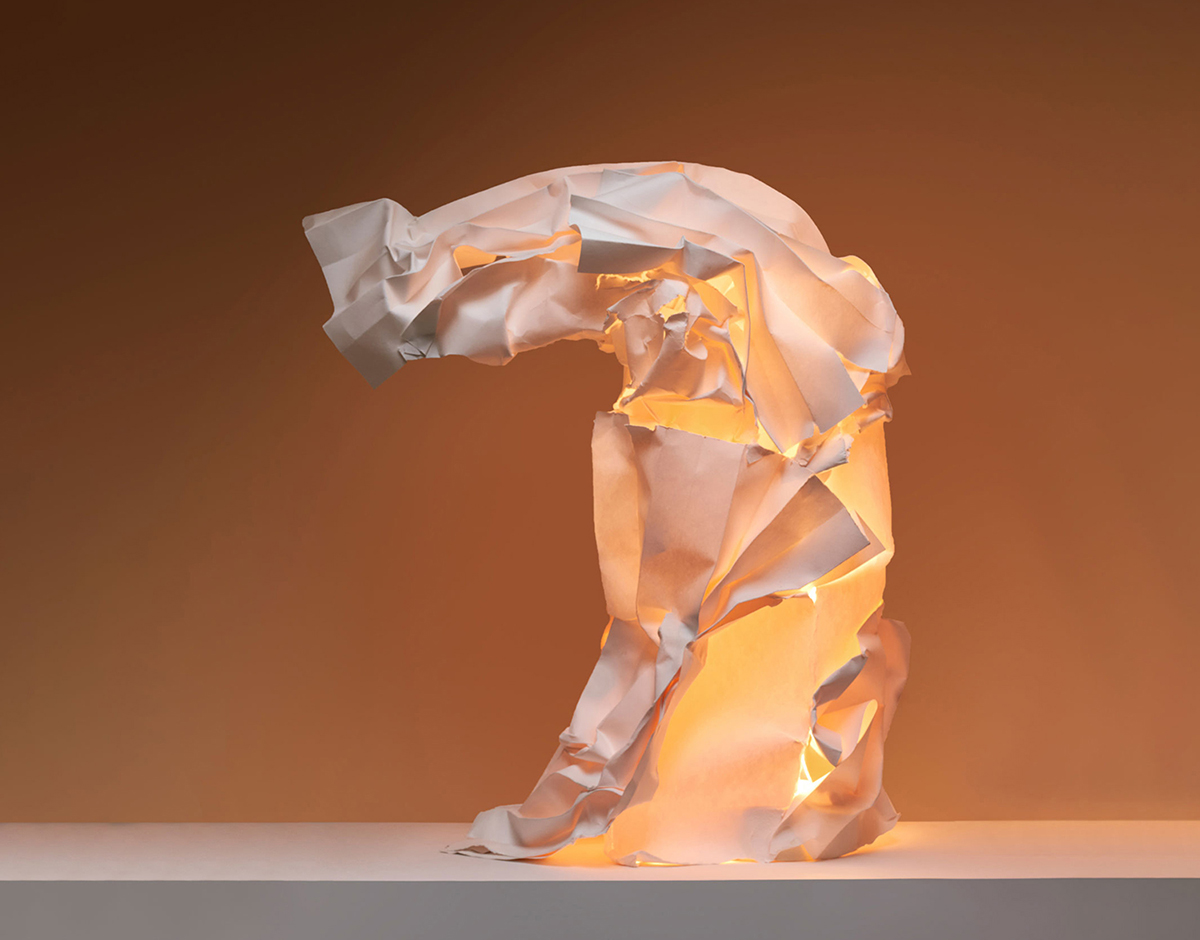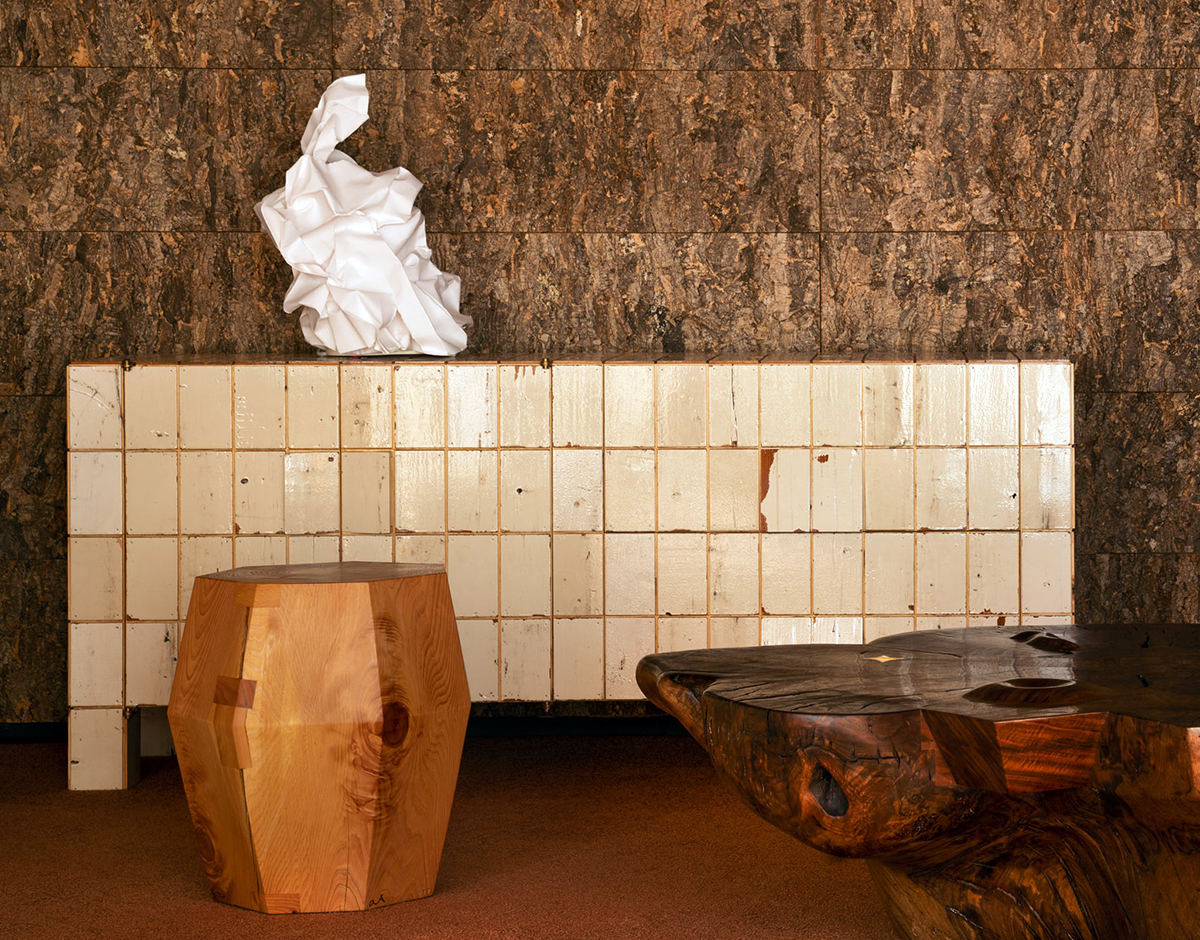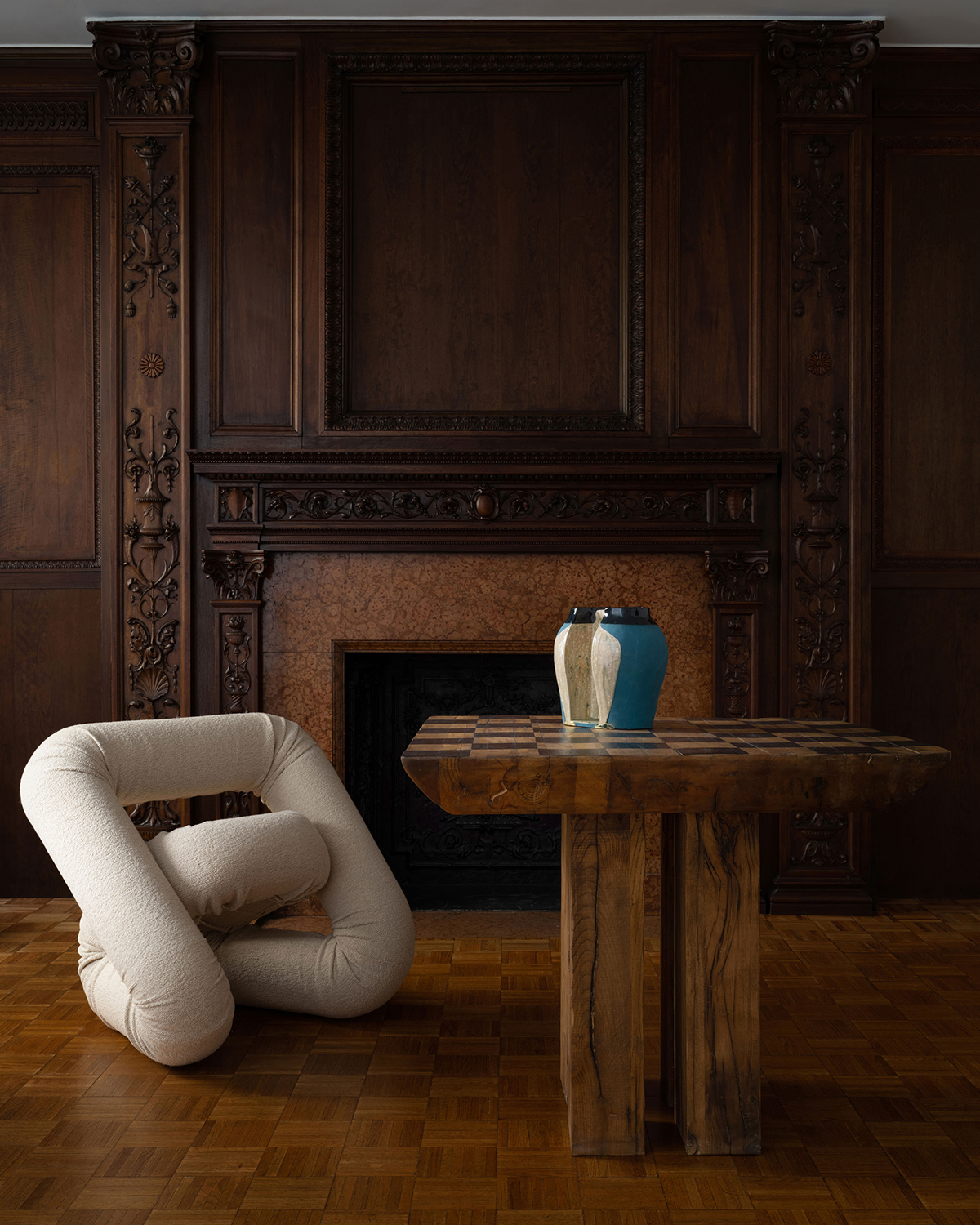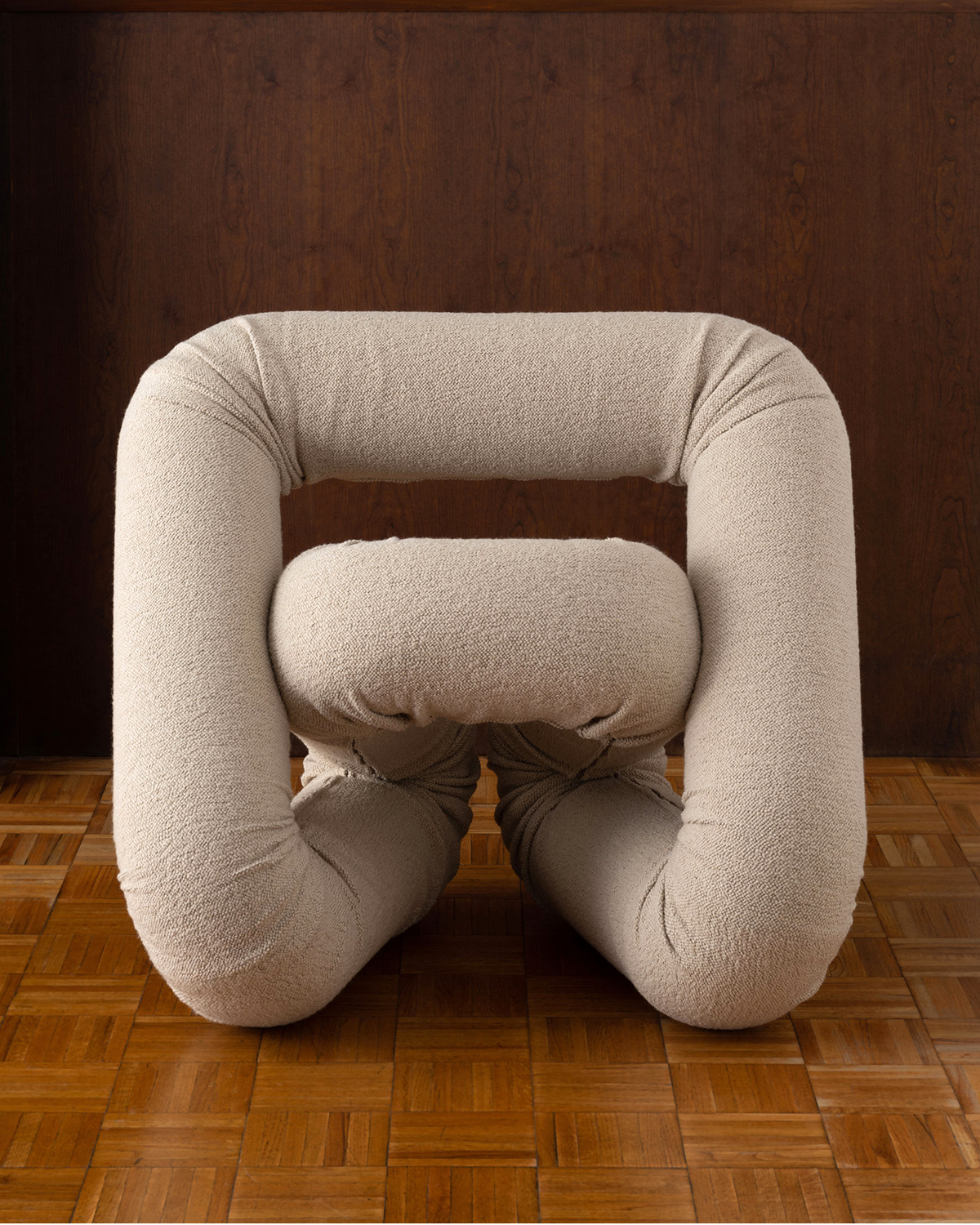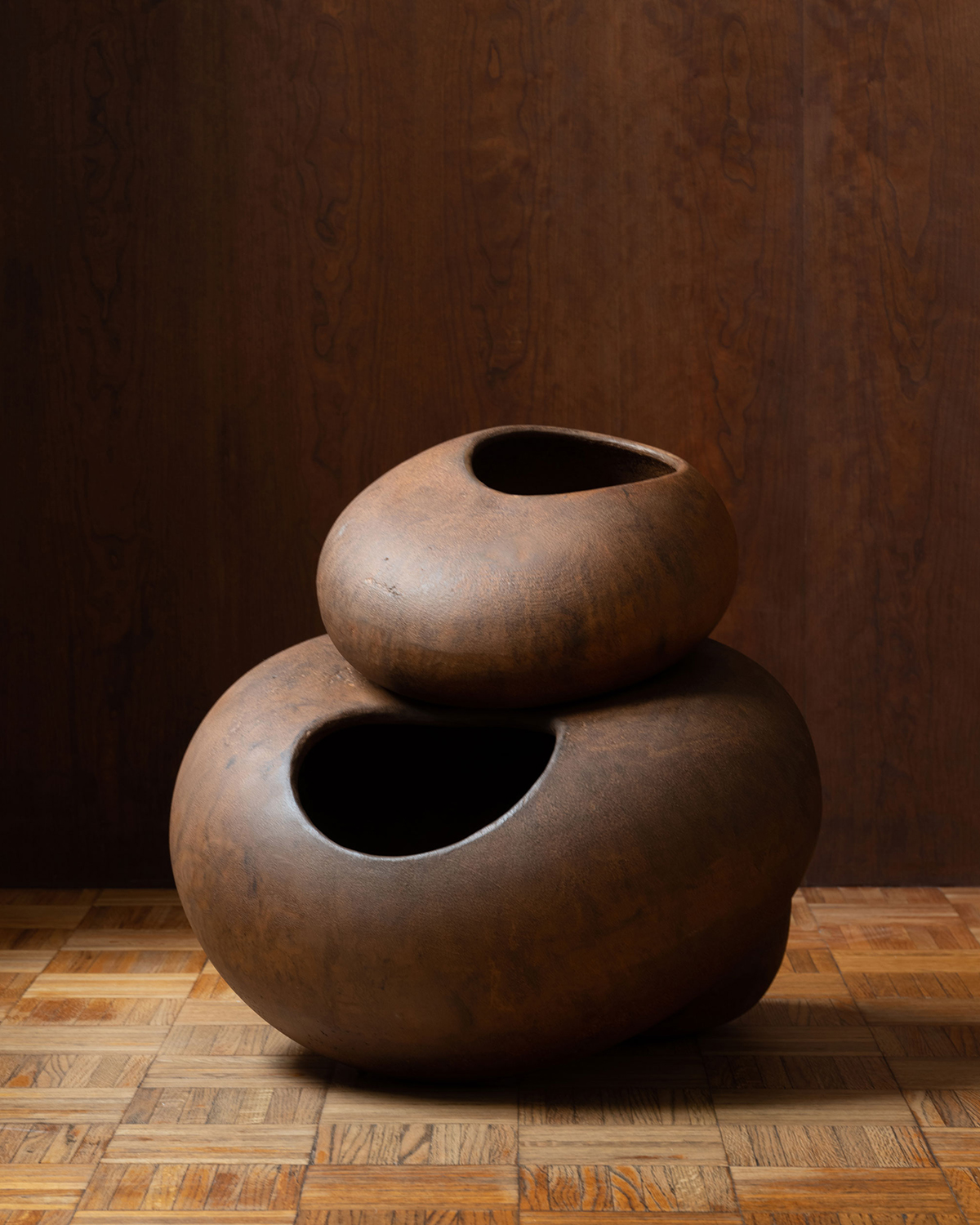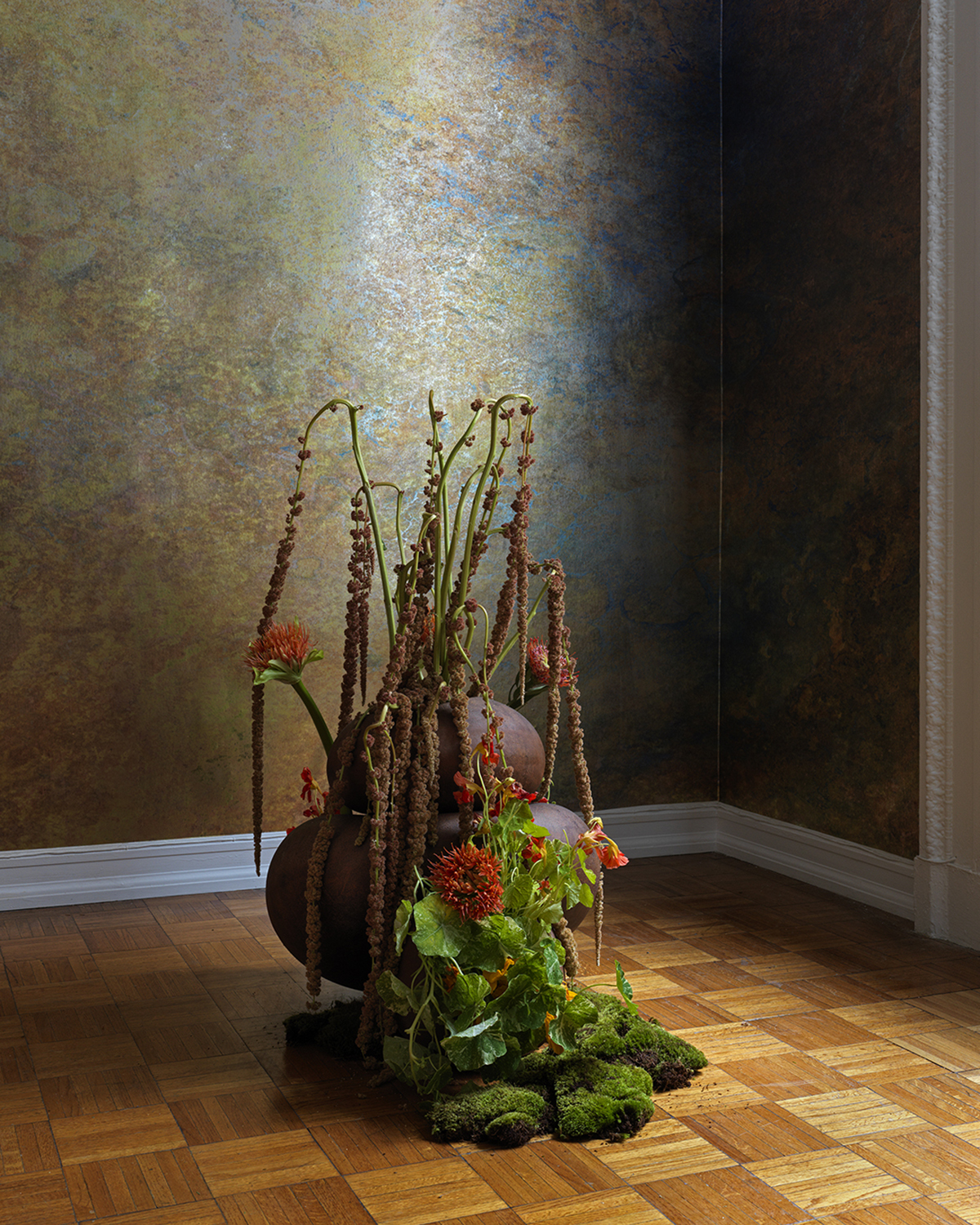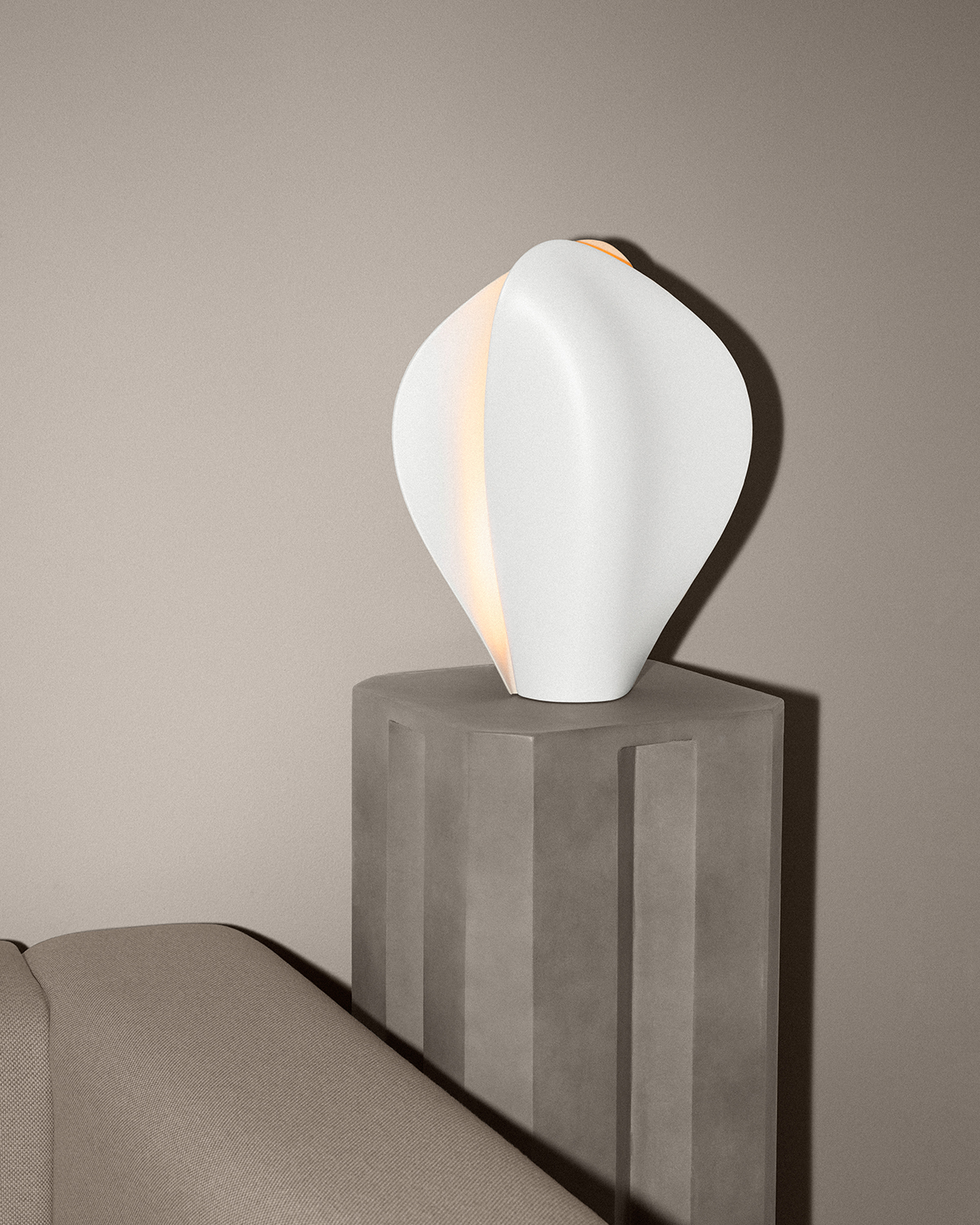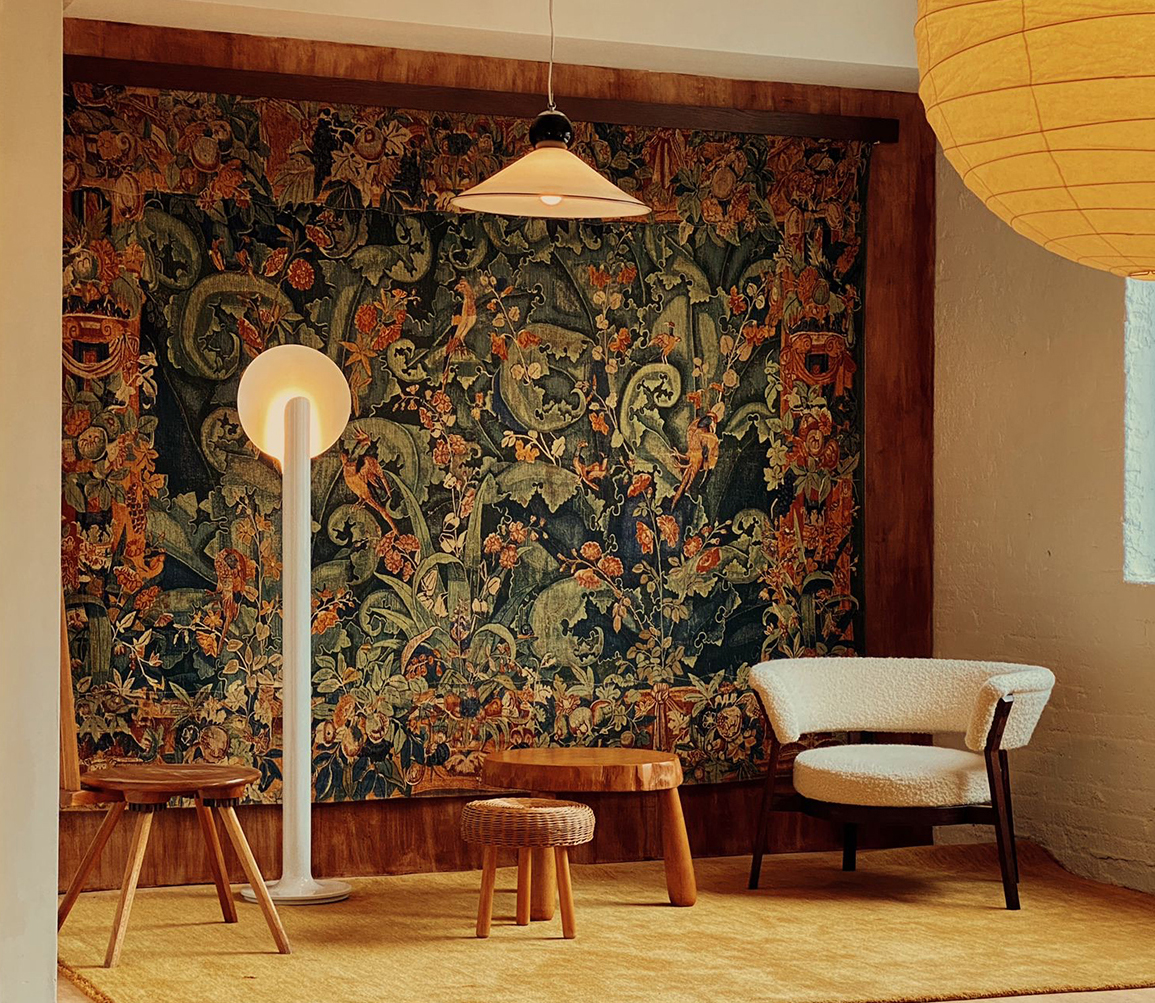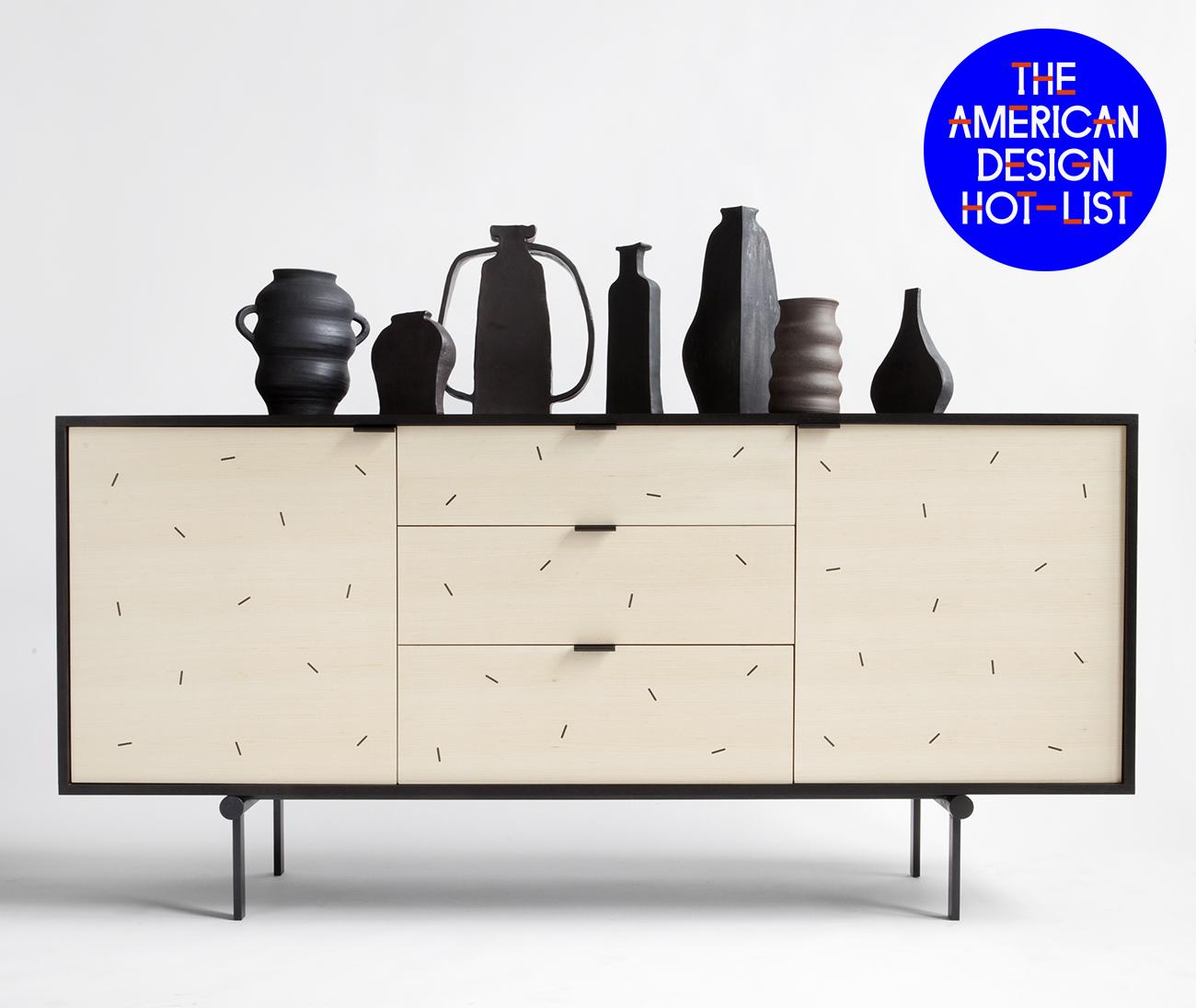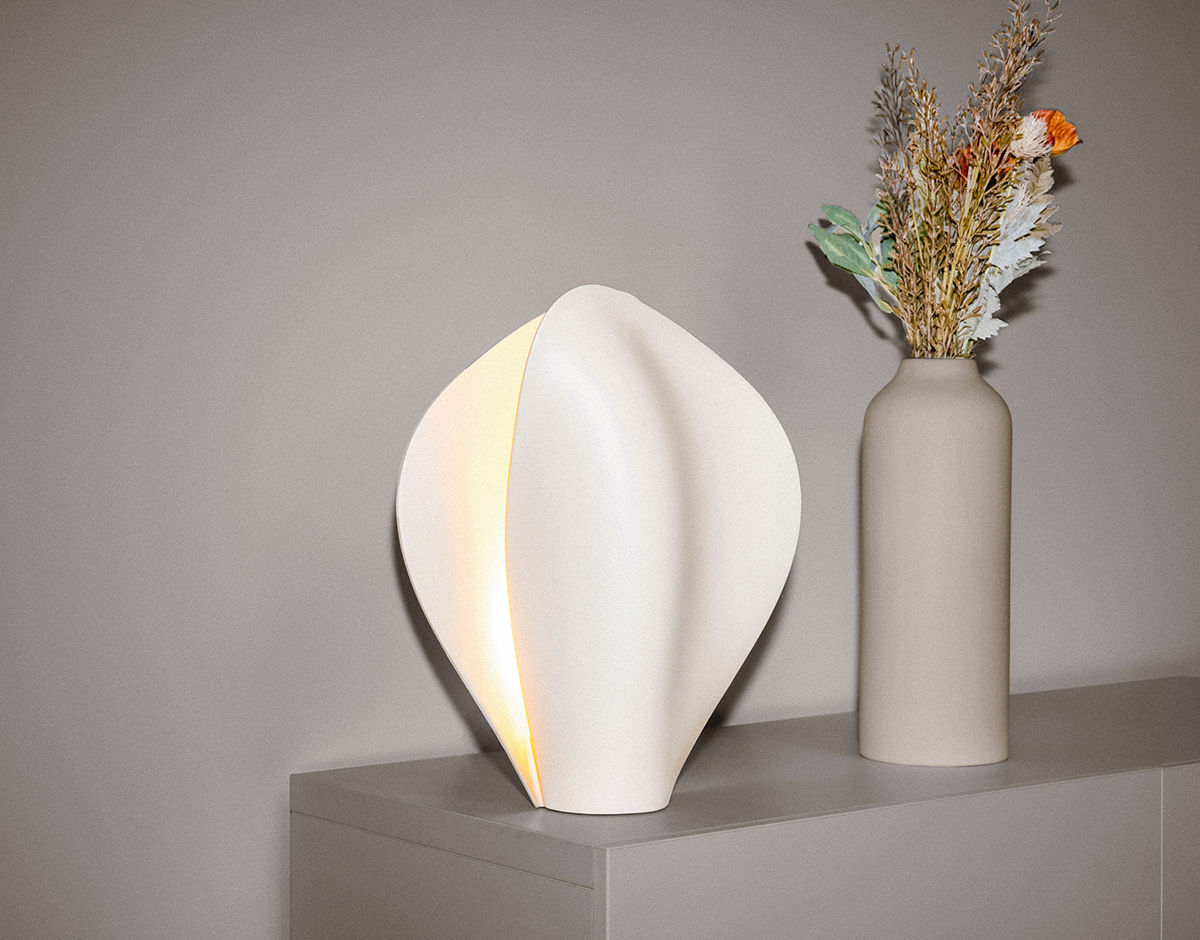
American Design Hot List 2022
Bradley Bowers
New Orleans, bradleylbowers.com
Bowers has been developing his highly multidisciplinary practice for over a decade — creating everything from fashion accessories to textiles to ceramics from his studio in New Orleans — but started really making waves in the furniture scene a little over a year ago with a striking collection of paper lamps for The Future Perfect, a Best Contemporary Design award at Design Miami, a string of furniture experiments for Emma Scully Gallery, and a series of sculptural yet affordable lights for Gantri.
What is American design to you, and what excites you about it?
American design is a nostalgia — always spoken with a feeling of looking back and recalling individuals like the Eameses, or Mies when he was in Chicago, or Gehry in the ’90s. Rarely is America looked at as a source for contemporary design pioneers. Hopefully that’s changing and American design can move beyond its heyday of the ’50s and ’60s and be a space where the weird can roam free again! Even though we’re often left out of the global discussion that surrounds contemporary design, I get excited about the openness of the American design landscape.
What are your plans and highlights for the upcoming year?
This coming year my goal is to work with more brands and manufacturers, and draw them a map that can take design to some exciting and funky places. I’m also determined to stand my ground more this year, and be confident that I’m on the right track. I’m also dying to design an eyewear collection! I’m speaking that into existence, lol!
What inspires or informs your work in general?
My work gets informed from so many different spaces, but almost never from the world of design. I glean the most from the field of astrophysics and from reading Einstein’s theories. The way particles move through space and interact with other bodies might inform the behavior of a curve in a design I am developing. Or, a less on-the-nose example would be the way magnetic fields cause particles to group and gather, or repel and spread. I might write a script for that in CAD and see how that behavior can be pulled into the world of furniture and objects.